Baby Hair Gel, and what you should know with Healthier Baby Today! When it comes to dressing a baby’s hair, there are times when it is unruly, and hair gel may be the only thing that will keep it in place. No amount of soaking it down and attempting to style it wet will help. Using hair products is the only method to keep curls from frizzing or flyaways from taking flight. Baby hair gel is safe to use after infancy for people with newborns who could benefit from a little hair gel to tame the curls or flyaways. Many hair products for babies on the market claim to soothe even the most erratic hair. However, because each of these gels contains various components, parents may need help selecting a safe solution for baby hair and, as a result, infant scalp. As a result, they may ask if hair gel is safe for their newborn. Fortunately, for those who have children whose hair could benefit from a little gel now and then, it is safe for those who have passed the infant stage. However, some precautions to take while using hair gel on children before styling the perfect coif.
What Age Can You Use Baby Hair Gel?
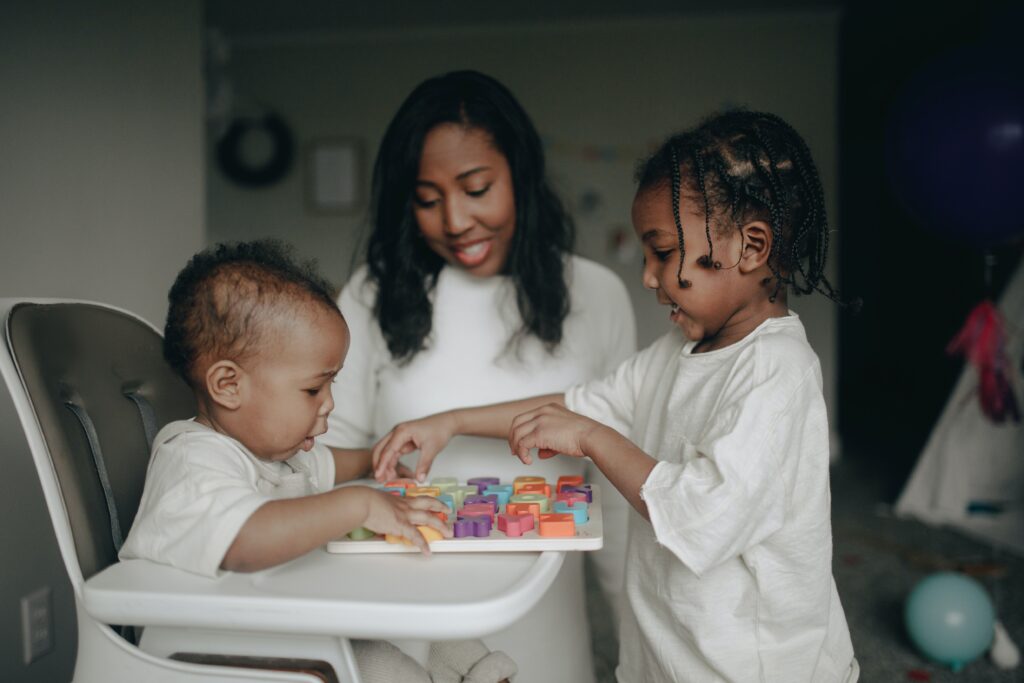
Baby Hair Gel! While parents may be tempted to use hairstyle products on their children, OnHealth recommends that nothing be placed into a child’s hair until they are out of the infant period. This is because goods, such as gel, contain components and smells that may be called chemical-free, but due to the sensitivity of a baby’s skin, the product may still create a reaction. This could cause a rash or dry skin on the infant’s scalp, which would be extremely painful for the kid to deal with. As a result, it is best to wait several months when the baby’s skin is durable and less susceptible to breaking out from haircare products.
Those wishing to buy hair gel to offer their child a haircut that doesn’t have hair out of place should carefully examine the ingredient list. The gel chosen should not contain any chemicals, as young children’s scalps are still prone to absorbing chemicals from hair products into the body. As a result, selecting gels manufactured from vegan, plant-based, and chemical-free components is the safest option for a baby, according to Mom Loves Best. And, if you have any doubts about an ingredient in the gel, look it up to ensure that it is safe to use on babies.
Before Styling With Baby Hair Gel
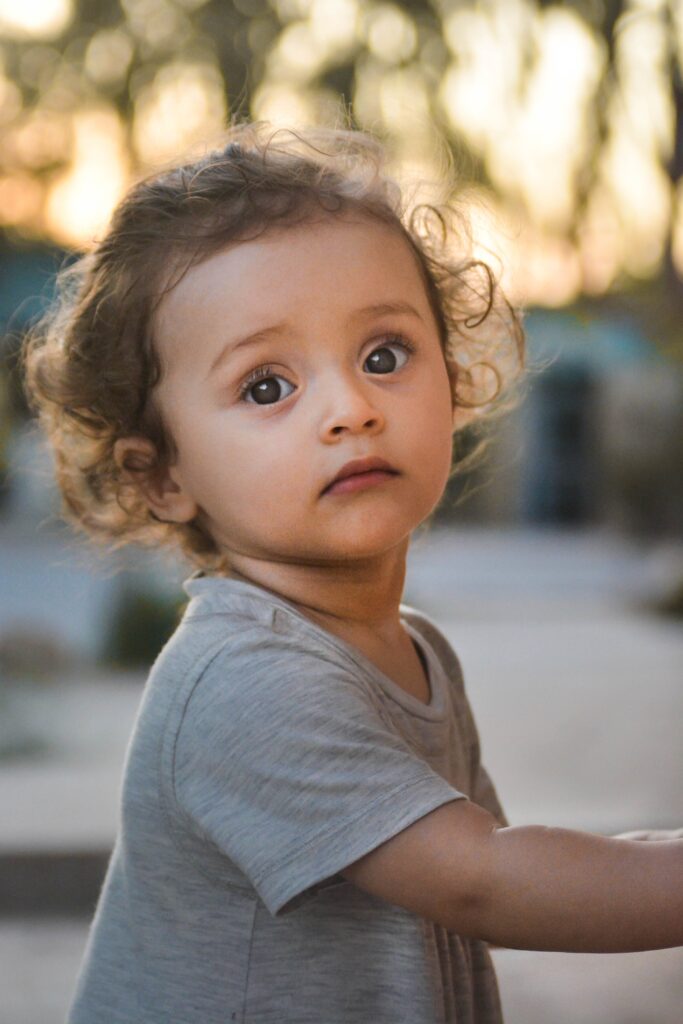
Baby Hair Gel! Before putting hair gel through a baby’s entire head of hair, it is essential to test a small amount on the baby’s arm to determine if there are any adverse responses to the gel. This is because, even if the gel claims to be chemical-free, plant-based, and fragrance-free, it may include substances that trigger an allergic reaction in the baby’s skin. The easiest way to determine whether the gel will work for a baby is to perform a patch test and wait 24 hours to see if there is a reaction. It’s similar to offering different foods to a baby and watching how the body reacts to them. Every infant is unique and will behave differently. If one gel does not work, wait until the adverse reaction subsides before trying another. Numerous infant hair gels are on the market, and one will undoubtedly work for a child.
How Much Baby Hair Gel to Use
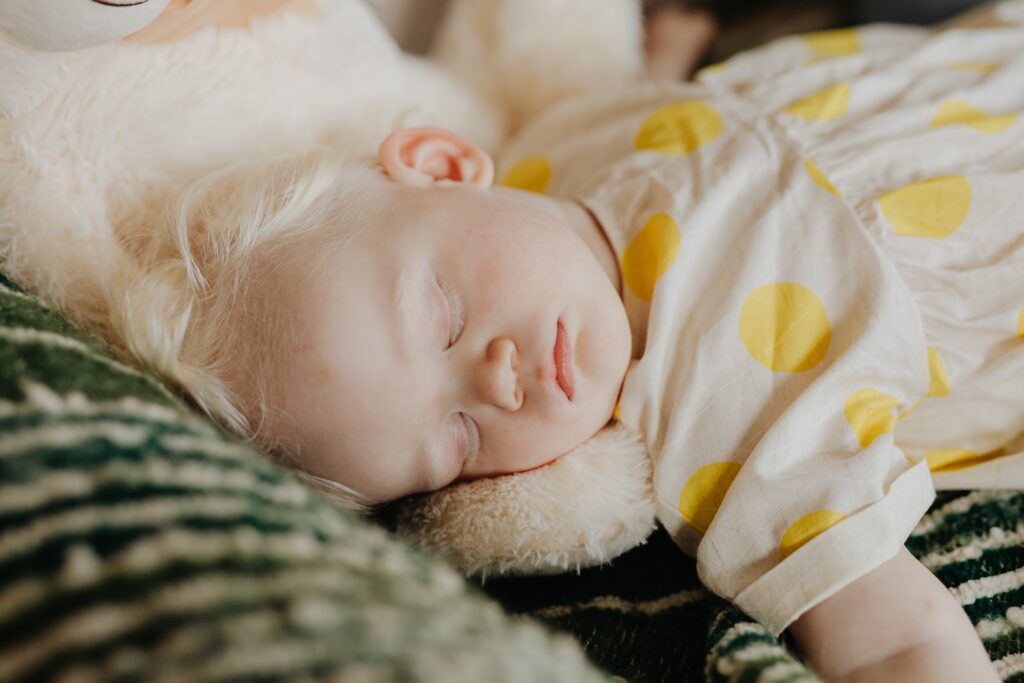
Baby Hair Gel! Because a baby’s skin is susceptible and rapidly dried out, it is critical to use hair gel sparingly, especially when the infant is tiny, so that their hair does not need to be washed daily. Most babies’ hair should be cleaned two to three times per week. This will prevent the scalp from peeling, splitting, and bleeding and the development of a cradle cap. The more frequently hair gel is used, the more it might dry out hair, especially if it does not contain moisturizing components. The hair can become brittle and break if it is used day after day without being washed out. As a result, using the lowest quantity of hair gel necessary on a baby and only when necessary is the most excellent way to keep a baby’s hair as healthy as possible.
Applying hair gel on a baby’s hair is safe once he has outgrown his infancy. However, selecting a product produced from safe materials is critical, ensuring that the gel is not allergy-causing before applying it to the hair and using it sparingly. As long as these standards are followed, parents can freely style their baby’s hair, giving them the envy of all their tiny friends everywhere they go.
DIY Baby Hair Gel
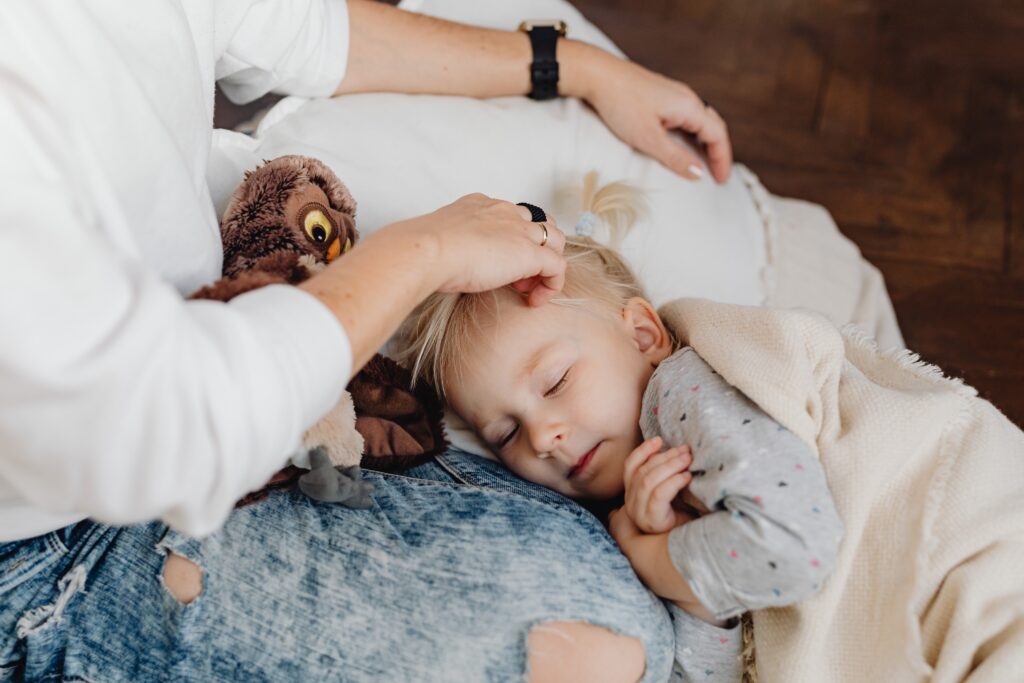
Baby Hair Gel! Flax seeds, aloe vera gel, essential oil, and water are the only materials needed for this recipe. Flax seeds are used to create a gel-like consistency that will serve as the foundation for the hair gel. Aloe vera is used to offer moisture to the hair gel, while essential oils are used to enhance the scent. For this recipe, use wild orange or lavender essential oil. It is not recommended to blend essential oils in this recipe because you only need 3 drops of oil, and mixing oils may result in a poor scent.
What You Will Need for This Baby Hair Gel Recipe:
- 1 quart of water (250 ml)
- 2 teaspoons flax seeds
- 1 teaspoon aloe vera gel
- 2-3 drops of lavender essential oil – lavender has calming characteristics
Instructions:
Baby Hair Gel! Bring the suggested amount of water to a boil in a shallow saucepan, then add in the flax seeds. Reduce the heat to a low and continue to whisk the mixture constantly. The water will begin to thicken and form a gel-like consistency in about 5 – 7 minutes. Using a fine cloth or a tea strainer, strain this mixture. Press your fingers against the seeds to extract as much gel as possible. While the gel is still warm, add the aloe vera gel and essential oil and mix thoroughly so that the aloe vera gel merges entirely with the flax seed gel you created previously. Refrigerate this homemade natural hair gel in an airtight jar. It is usable for nearly 15 days. Depending on how much you use it, you can create a new batch every two weeks. It should be kept inside at room temperature. This hair gel only keeps the hair in place for a short time. But, unlike the commercial solutions on the market, it guarantees that it will not harm the hair. Even after it dries completely, it leaves the hair silky rather than hard and poky like traditional hair gel.
What to Avoid in Baby Hair Gel Products
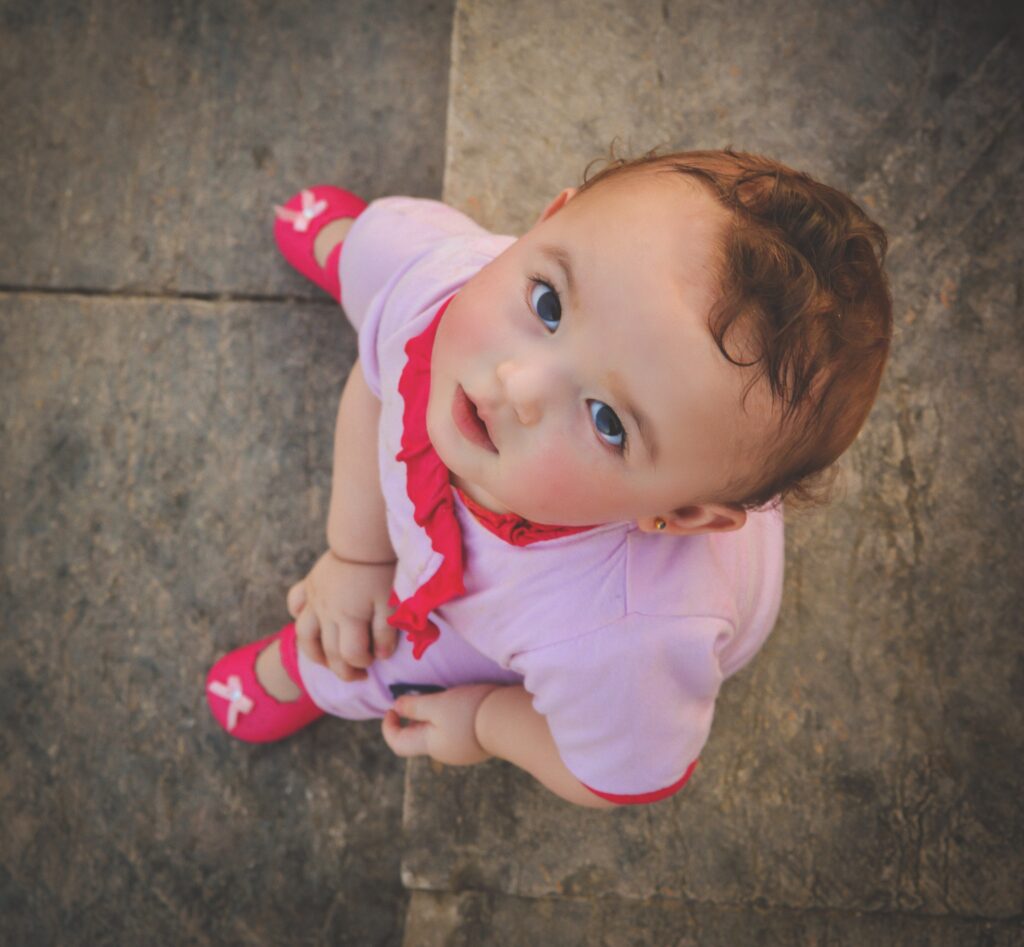
Baby Hair Gel! Formaldehyde is a naturally occurring chemical component in various everyday goods, including haircare. It’s frequently found in hair-straightening or smoothing products. Regrettably, formaldehyde has been connected to several health problems. It can irritate the nose, eyes, throat, and skin, and it has been linked to cancer at high levels of exposure. Because formaldehyde is used in many compounds and is released by them, it is not often specified directly in the components. It is recommended that parents avoid the following formaldehyde-releasing chemicals:
- Formalin
- Quaternium-15
- Dimethyl-dimethyl hydantoin (DMDM)
- Imidazolidinyl urea, methylene glycol
- Sodium hydroxymethyl glycinate, Diazolidinyl urea
- 2-bedroom-2-nitropropane-1,3-diol (bronopol) (bronopol)
Baby Hair Gel! If you’re looking for a solution to help calm your child’s curly hair or make it feel softer, seek one with natural butter. It is advised to utilize components such as shea butter, cocoa butter, or mango butter, softening hair and leaving a subtle aroma without artificial additives. Products having a pleasant aroma may appear appealing, but they should be avoided at all costs. Artificial fragrances and perfumes are made from synthetic ingredients related to endocrine disruption, fertility problems, and skin irritation.
Baby Hair Gel! There is also a more significant chance of adverse reactions with fragrance-containing goods. Therefore, it is recommended to avoid caution and use fragrance-free products. Many hair products use alcohol to help de-frizz, straighten, or even improve natural curls. While it may assist temporarily, alcohol can cause long-term hair damage by drying out the strands. As a result, the texture becomes less soft and contributes to fizziness. Stick to natural butter and oils to have a comparable impact without long-term damage.
Baby Hair Gel to the Rescue
Baby Hair Gel! Because everyone’s hair structure and type differ, what works for one youngster may not work for another. It’s often trial and error to find what works. However, feel free to do your research or consult with a hair care specialist for further information on what would work best for your child’s particular locks.


